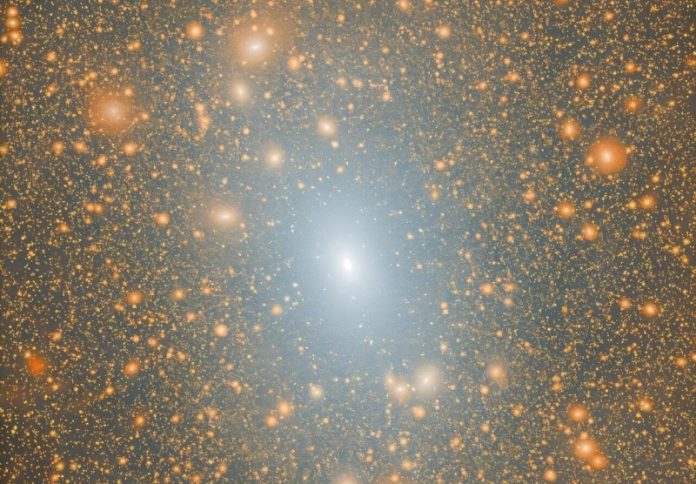
The Milky Way might have many more neighboring galaxies than we’ve been able to detect so far, according to new research from scientists at Durham University.
Using powerful computer simulations and advanced mathematical models, researchers now believe there could be 80 to 100 more satellite galaxies quietly orbiting our galaxy—galaxies that current telescopes haven’t yet spotted.
These small, faint galaxies are being called “orphan” galaxies because they’ve been stripped of almost all of their dark matter by the strong gravity of the Milky Way.
Without the dark matter that normally helps hold galaxies together, these orphan galaxies are incredibly hard to see and have likely been missed by both astronomers and computer models—until now.
This new research, which is being presented at the Royal Astronomical Society’s National Astronomy Meeting at Durham University, supports a well-known theory called Lambda Cold Dark Matter (LCDM).
This theory explains how galaxies form and evolve in the universe.
It suggests that most galaxies are born inside large clumps of dark matter called halos. Bigger galaxies like the Milky Way often have many smaller galaxies orbiting around them.
So far, scientists have confirmed about 60 satellite galaxies near the Milky Way, but LCDM predicts many more should exist. That mismatch between theory and what we actually see has been a long-standing puzzle in cosmology.
To solve it, the Durham team used a combination of the highest-resolution simulation of a Milky Way-like dark matter halo, called the Aquarius simulation, and a detailed galaxy formation model called GALFORM.
These tools helped them study how faint satellite galaxies evolve over billions of years—even when their dark matter halos are stripped away by the Milky Way’s gravity.
What they found is that many of these missing galaxies should still exist in real life. Even though they lose their dark matter halos in simulations, they could survive in space as small, dim galaxies we haven’t been able to detect yet.
Their prediction is already helping astronomers guide their searches. With the next generation of telescopes—such as the Rubin Observatory’s LSST camera, which recently captured its first images—scientists hope to finally spot these hidden galaxies.
Lead researcher Dr. Isabel Santos-Santos said, “We know of about 60 companion galaxies around the Milky Way, but we think many more are out there—just very faint and hard to find. If we discover them, it would be strong proof that our theories about how the universe works are on the right track.”
Co-author Professor Carlos Frenk added, “This would be a major win for physics and astronomy. We’re using the laws of physics and massive supercomputers to predict things that powerful telescopes may soon confirm. That’s the beauty of science.”
If these “invisible” galaxies are found, it could not only confirm key ideas in cosmology but also deepen our understanding of how the universe—and our own galaxy—took shape.
Source: Royal Astronomical Society.



